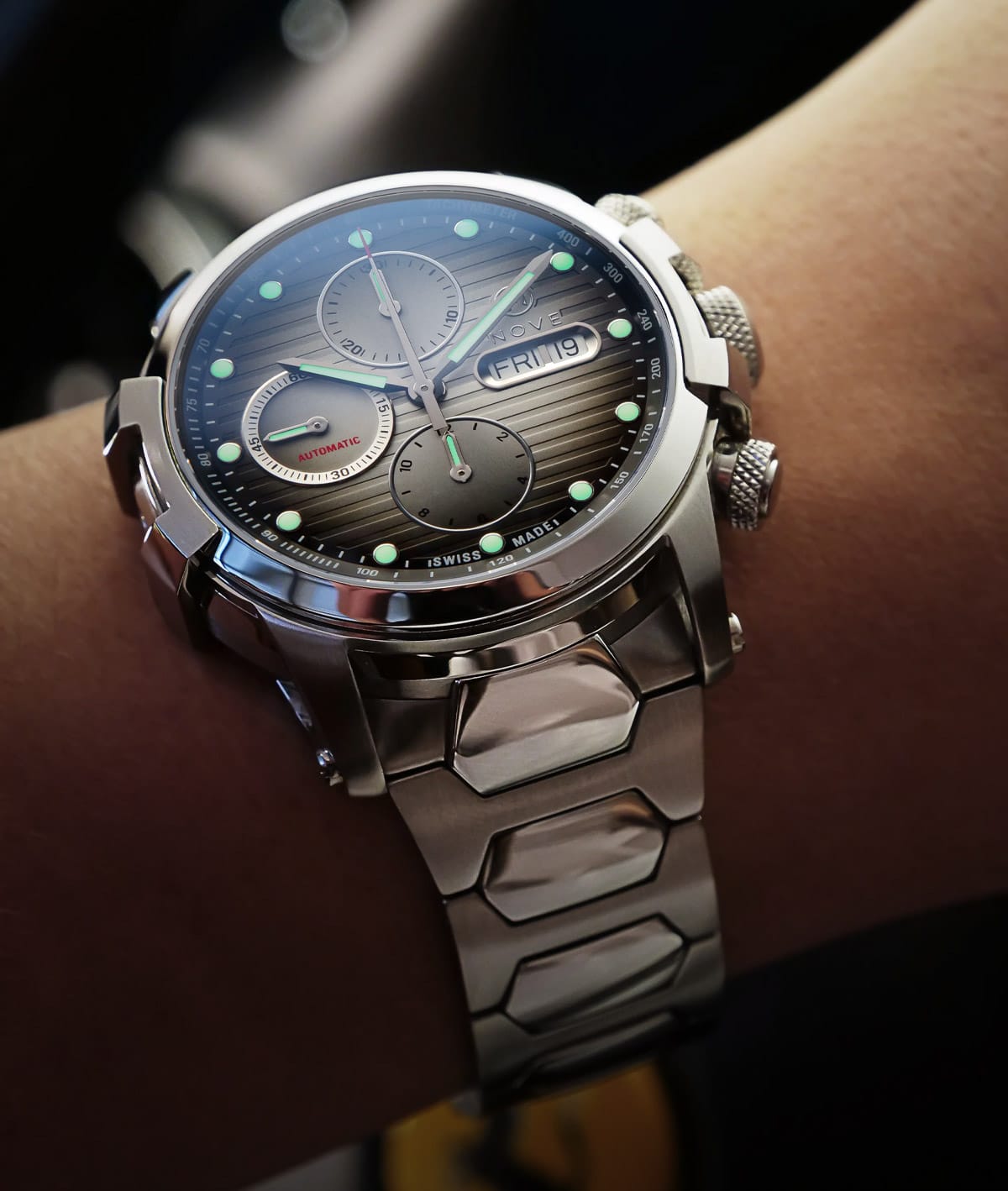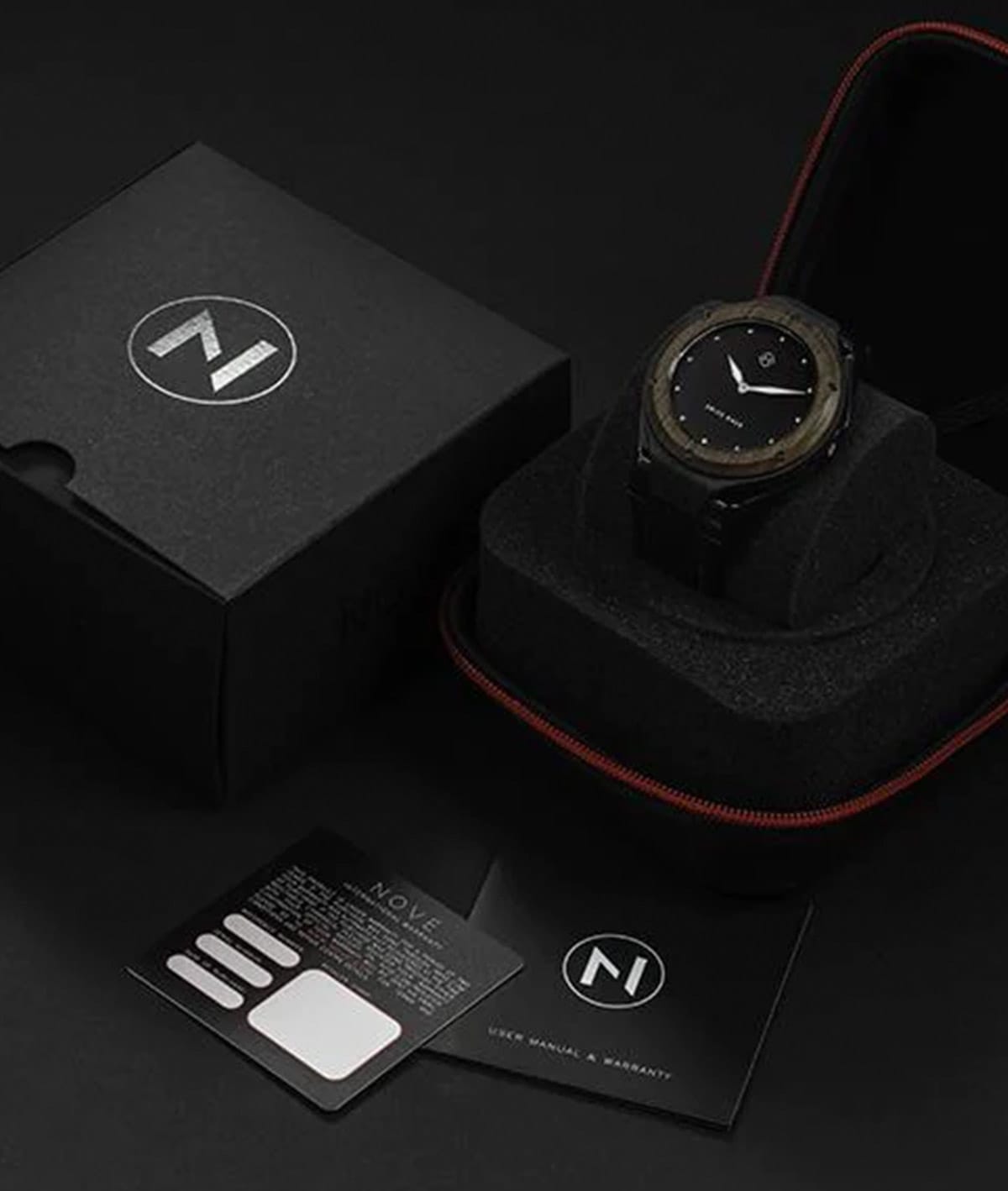The Best Watch -Does Quartz Thwart Mechanical?
First, the boring answer. When choosing where to spend hard earned money, the intended use of a new watch and its purpose remains the foremost consideration. Some look incredible at the annual ball, but you wouldn’t dream of wearing it while rock climbing, or going for a swim at the beach.
• A better appreciation of how your personal accessories function,
• so you can take better care of them, and of course,
• so you can show off a little bit of knowledge about your magnificent time-piece at the next dinner party or business meeting.
Quartz
It’s all about the good vibes.
If you have ever seen a clock or a watch with the word ‘quartz’ featured subtly (or not so subtly) on the dial, you may have wondered how exactly a seemingly simple rock is able to tell the time. Are they bestowed with some primordial intelligence, like the knowledge of our ancestors squashed down across the millennia into a cosmic magic crystal?
Well, not precisely, but almost.
Quartz is a piezoelectric material, meaning that when we apply mechanical stress to it, it can accumulate an electrical charge. By doing the opposite, and placing a charge across the quartz crystals, they bend and resonate. These vibrations are key, and a particular advantage to using the right quartz shape is that the resonance frequency will oscillate at a steady (or constant) rate. In most watches, this frequency is 32768 Hz, giving off a pulse that drives the actual ticking of the device. The pulse from that 32768 Hz happens to be equal to 1/86,400 of a mean solar day, or indeed, 1 second.
If that’s confusing, think of it like a steady on/off switch, similar to binary (01101110 01101111 01110110 01100101 0001010) used in computers, or the frequency (height or length) of a radio wave, but vibrating at a very constant pace. (Most well made quartz watches will only be off by -/+ 10 seconds after 30 days).
Around the 1920s, some clever people at Bell Telephone Laboratories (which is now actually owned by Nokia) built the first quartz clock, and today, the technology is the most commonly used method for making time-keeping devices. When you add electricity in the form of a battery, the pulse can continue ticking at the same speed for quite a long time, significantly longer than the power stored in mechanical watches.
Mechanical
Do Automatic Watches Fix this?
Automatic watches appeared sometime in the 1700s, taking advantage of the ‘power’ in the motion and natural movements of the wrist or arm, as people went about normal daily activities. An internal moving weight is designed to rotate, and then transfer that generated energy to a power reserve.
If an automatic watch has stopped due to it not being worn or moved for some time, it simply needs to be gently shaken from side to side until the weight moves enough, and powers up the mechanisms. Automatic watches, while still ‘powerless’ in the electric sense, are able to maintain the time without having to manually wind it up every so often. They also remain more fragile than quartz designed watches, in terms of durability.
‘Best’ Movement?
If you were looking for a clear cut answer that didn’t involve “it depends” at the end of it, then deepest apologies, that’s life and that’s how this all works.
Even with quartz watches being commercially available for the past 40 years, there are few signs that traditional watchmaking has suffered. Indeed, the intrinsic beauty of the artistry in creating such sophisticated and intricate machines now has a counterpoint in quartz, like appreciating dark because of light, or enjoying the night because of day (and vice versa).
The joy in owning, and in many cases being able to see, such mechanical marvels is inherent in our human curiosity and love of things that ‘fit’, and if that is important to a buyer, more so than efficiency or practicality, then that alone will be the drive towards a purchase.
Here at NOVE, we care deeply about the intricacies and high quality of every component used in our watches, but we care just as profoundly about the lifestyle that people want to lead, and in providing smart options with huge amounts of personality.
We want our community of NOVISTS to have the freedom to grab their time-pieces in the morning, paired to their outfit (or the other way around!) and get on with living life. We don’t even feature a second hand because we want you to take time for yourself, to appreciate the present and savour the moment.
Selecting Swiss grade quartz for our current four core designs means that instead of worrying about whether time is accurate, you can live life to its maximum and capture it.







